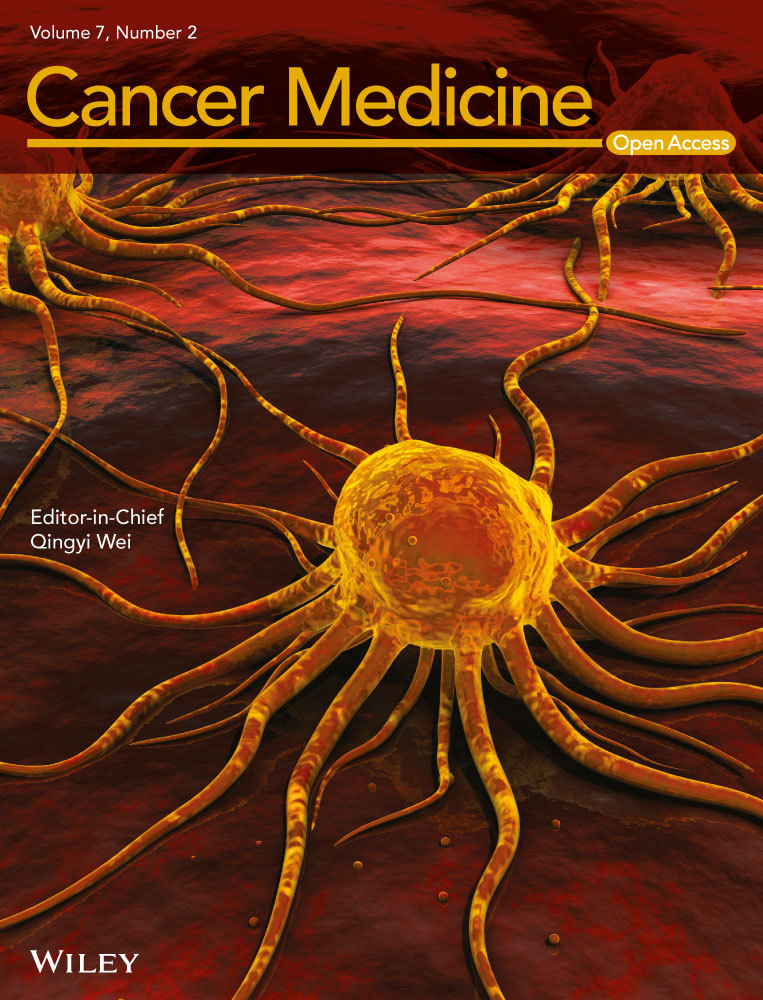Mechanism underlying the negative effect of prostate volume on the outcome of extensive transperineal ultrasound-guided template prostate biopsy
Abstract
Previous studies have indicated a possible relationship between increased prostate volume (PV) and decreased biopsy yield, although the mechanism involved is unclear. We evaluated 1650 patients who underwent template biopsy. The distribution of 993 cancer lesions in 302 prostatectomy specimens was compared with the biopsy data to determine whether each lesion was detected. A receiver operating characteristic (ROC) model was used to determine the diagnostic accuracy of prostate-specific antigen (PSA) and related markers. A medical record number (MRN) was used as a negative control. The cancer positive rate did not change as PSA increased in patients with PV ≥50 mL (P = 0.466), although it increased as PSA increased in patients with PV<50 mL (P = 0.001). The detection rate of cancer lesions decreased as the diameter of the lesions decreased (P = 0.018), but remained unchanged with respect to PV. The diameters of the maximum lesions in patients with PV ≥ 50 mL were significantly smaller than those in patients with PV<50 mL (P = 0.003). In patients with PV ≥ 50 mL, the areas under the ROC curves for PSA-related markers did not differ significantly from that for MRN, although they were significantly greater than that for MRN in patients with PV<50 mL (P < 0.001). These results suggest that an increase in PV is associated with a decrease in size and detectability of cancer lesions resulting in a decrease in biopsy yield. Loss of diagnostic accuracy of markers in patients with PV ≥ 50 mL indicates a decrease in serum levels of PSA produced by prostate cancer, which suggests growth inhibition of the cancer.
Conflict of Interest
The authors have no disclosures.




